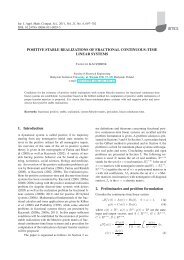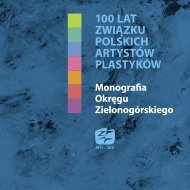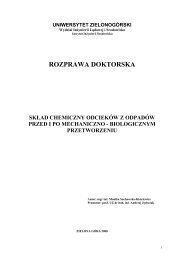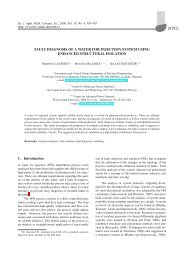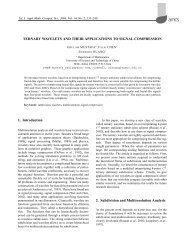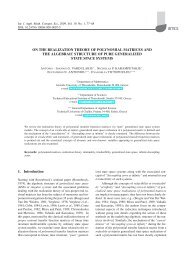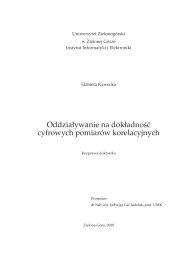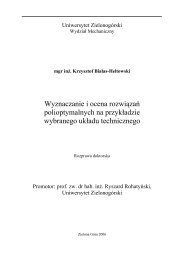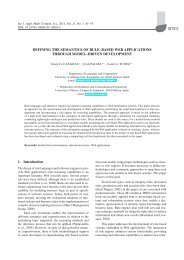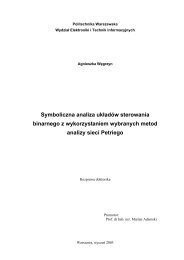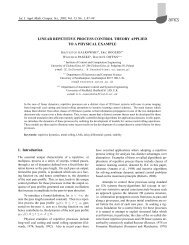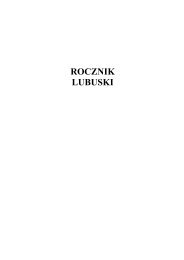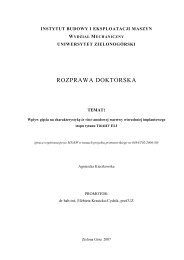NOISE EFFECTS IN THE QUANTUM SEARCH ALGORITHM FROM ...
NOISE EFFECTS IN THE QUANTUM SEARCH ALGORITHM FROM ...
NOISE EFFECTS IN THE QUANTUM SEARCH ALGORITHM FROM ...
Create successful ePaper yourself
Turn your PDF publications into a flip-book with our unique Google optimized e-Paper software.
Noise effects in the quantum search algorithm from the viewpoint of computational complexity<br />
495<br />
and POVM (Positive Operator Valued Measure) measurements.<br />
In this paper we use only von Neumann measurements,<br />
but for the sake of completeness we also define<br />
POVM measurements.<br />
The mathematical formulation of von Neumann measurement<br />
is given by a map from a set of projection operators<br />
to real numbers.<br />
Let us consider an orthogonal complete set of projection<br />
operators P = {P i } N i=1 and the set of real measurement<br />
outcomes O = {o i } N i=1 . The mapping P → O<br />
is called the von Neumann measurement. Assuming the<br />
system is in the state ρ, the probability p i of measuring<br />
outcome o i is given by the relation p i =tr(P i ρ).<br />
The POVM measurement can be considered a generalisation<br />
of the von Neumann measurement. Let us<br />
take a set of positive operators F = {F i } N i=1 such that<br />
∑ N<br />
i=1 F i = I and the set of real measurement outcomes<br />
O = {o i } N i=1 . The mapping F → O is called the POVM<br />
measurement. Given the system in the state ρ, the probability<br />
p i of measuring the outcome o i isgivenbytherelation<br />
p i =tr(F i ρ).<br />
4. Overview of Grover’s algorithm<br />
Grover’s unordered database search algorithm is one of<br />
the most important quantum algorithms. This is due to<br />
the fact that many algorithmic problems can be reduced to<br />
exhaustive search.<br />
The main idea of the algorithm is to amplify the probability<br />
of the state which represents the sought element.<br />
The algorithm is probabilistic and may fail to return the<br />
proper result. Fortunately, the probability of success is<br />
reasonably high.<br />
4.1. Problem. Let X be a set and let f : X →{0, 1},<br />
such that<br />
{ 1 if x = x0 ,<br />
f(x) =<br />
(6)<br />
0 if x ≠ x 0 ,<br />
x ∈ X, for some marked x 0 ∈ X.<br />
For simplicity, we assume that X is a set of binary<br />
strings of length n. Therefore, |X| = 2 n and<br />
f : {0, 1} n →{0, 1}. We can map the set X to a set<br />
of states over C ⊗2n in a natural way: x ↔|x〉, forming<br />
an a orthogonal, complete set of vectors. The goal of the<br />
algorithm is to find the marked element.<br />
4.2. Algorithm. Grover’s algorithm is composed of<br />
two main procedures: the oracle and diffusion.<br />
With the use of elementary quantum gates the oracle<br />
can be constructed using ancilla |q〉 in the following way:<br />
O|x〉|q〉 = |x〉|q ⊕ f(x)〉, (7)<br />
where ⊕ denotes addition modulo 2. If the register |q〉 is<br />
prepared in the state<br />
|q〉 = H|1〉 = |0〉−|1〉 √ , (8)<br />
2<br />
where H denotes the Hadamard gate, then, by substitution,<br />
Eqn. (7) can be written as<br />
O|x〉 |0〉−|1〉 √<br />
2<br />
By tracing out the ancilla, we obtain<br />
=(−1) f(x) |x〉 |0〉−|1〉 √<br />
2<br />
. (9)<br />
O|x〉 = −(−1) f(x) |x〉. (10)<br />
4.2.2. Diffusion. The operator D rotates any state<br />
around the state<br />
|ψ〉 = √ 1<br />
2∑<br />
n −1<br />
|x〉, (11)<br />
2<br />
n<br />
where D can be written as<br />
x=0<br />
D = −H ⊗n (2|0〉〈0|−I)H ⊗n =2|ψ〉〈ψ|−I. (12)<br />
4.2.3. Initialisation. We begin in the ground state<br />
|0 ...00〉. In the first step of the algorithm we apply the<br />
Hadamard gate H ⊗n to the entire register. This transforms<br />
the initial state into flat superposition of computational<br />
base states:<br />
H ⊗n |0 ...0〉 = √ 1 (|0 ...00〉 + ···+ |1 ...11〉) .<br />
n<br />
(13)<br />
4.2.4. Grover iteration. The core of the algorithm<br />
consists of the applications of the so-called Grover iteration<br />
gate G = D · O. This procedure causes the sought<br />
state to be amplified and other states to be attenuated.<br />
4.2.5. Number of iterations. The application of the<br />
diffusion operator to the base state |x〉 gives<br />
D|x〉 = −|x 0 〉 + 2 ∑<br />
|y〉. (14)<br />
N<br />
The application of this operator on any state gives<br />
y<br />
4.2.1. Oracle. By an oracle we mean a function that<br />
marks one defined element. In the case of Grover’s algorithm,<br />
the marking of the element is done by the negation<br />
of the amplitude of the sought state.<br />
D|x〉 = ∑ α i (−|x〉 + 2 N y ∑ i<br />
y<br />
= ∑ (−α i +2s)|x〉,<br />
i<br />
|y〉)




